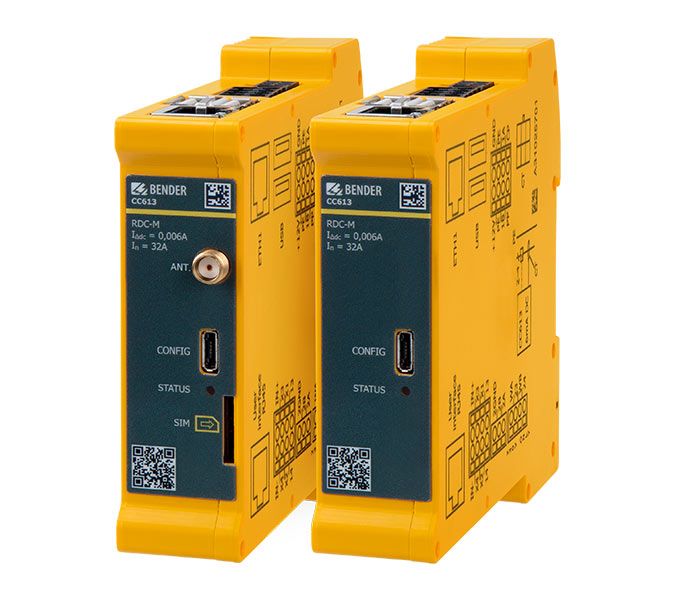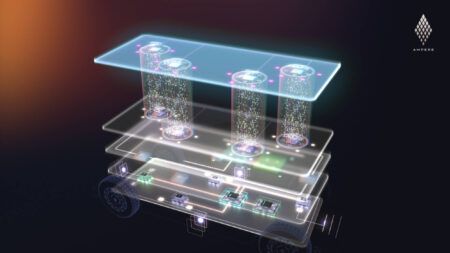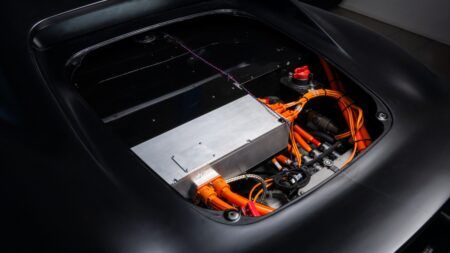As the use of electric vehicles increases, the demand for compliant charging infrastructure is rising exponentially.
Charge station manufacturers need reliable, intelligent charging systems, that are safe, compliant and cost-effective to build and maintain. They must be innovative and adaptable in the design of charging infrastructure where space is often limited.
AC charging is an important aspect of EV charging infrastructure, with these systems easily integrated into existing private or public 230 V/400 V AC systems. An EV charge controller acts as the intelligence or brains within these charging systems.
CC613 is the latest EV charge controller to be released from Bender. It incorporates a range of upgraded features and benefits enabling the manufacture of safe, connected, compliant charge stations, actively controlling, monitoring, authorizing and billing the entire charging process in accordance with to IEC 61851-1.
CC613 features an integrated Ethernet interface, which allows direct and easy integration of the controller into an existing Ethernet network. The Ethernet interface now provides a direct and convenient way to set up a networked charging infrastructure that can be easily maintained and controlled remotely. A further innovation is the integrated emergency opener. In the event of a power failure, the emergency opener unlocks the charging connection at the charging station so that the charging plug can be removed safely. The advantage is that no additional components are required for plug release or wiring, which reduces costs and allows a more compact charging station or wallbox design.
In terms of electrical safety, the CC613 has been extended by a “weld check” function, which detects “sticking” of the contactor and offers continuous PE monitoring, which ensures that the PE connection to the controller is properly established. With the newly integrated 230 V control relay, the contactor can be switched directly with the controller for power release on the vehicle side. An additional relay is no longer necessary, which reduces the cost of a charging build.
To control the charge controller by means of a higher-level system (e.g. energy management system), the CC613 also has an external Modbus interface. This innovation enables the operator of a charging infrastructure to remotely control the controllers regardless of a backend connection (enabling users, maximum charging current, etc.).
The almost unchanged and compact design of the CC613 (112 x 23.5 x 99mm) compared to the CC612, the charge controller can be perfectly integrated into small charging stations or wall boxes in a cost-effective way. To make optimum use of the advantages of the CC613, existing charging stations can be easily upgraded to the new generation of charge controllers thanks to the unchanged design. For interaction with a backend system, the CC613 is compatible the communication protocol OCPP 1.5 and 1.6 (JSON & SOAP).
CC613 also features the Powerline Communication (PLC) standard according to ISO/IEC 15118 for plug & charge and for networking the charge controller with an energy management system. It also offers dynamic load management (DLM), which allows a smart and optimal distribution of the available power among all charging points.
To optimize and minimize the costs of a charging station, the CC613, like its predecessor CC612, is equipped with DC fault current detection in accordance with IEC 62955, which makes it unnecessary to use an RCD type B. The use of a significantly less expensive RCD type A is sufficient.





